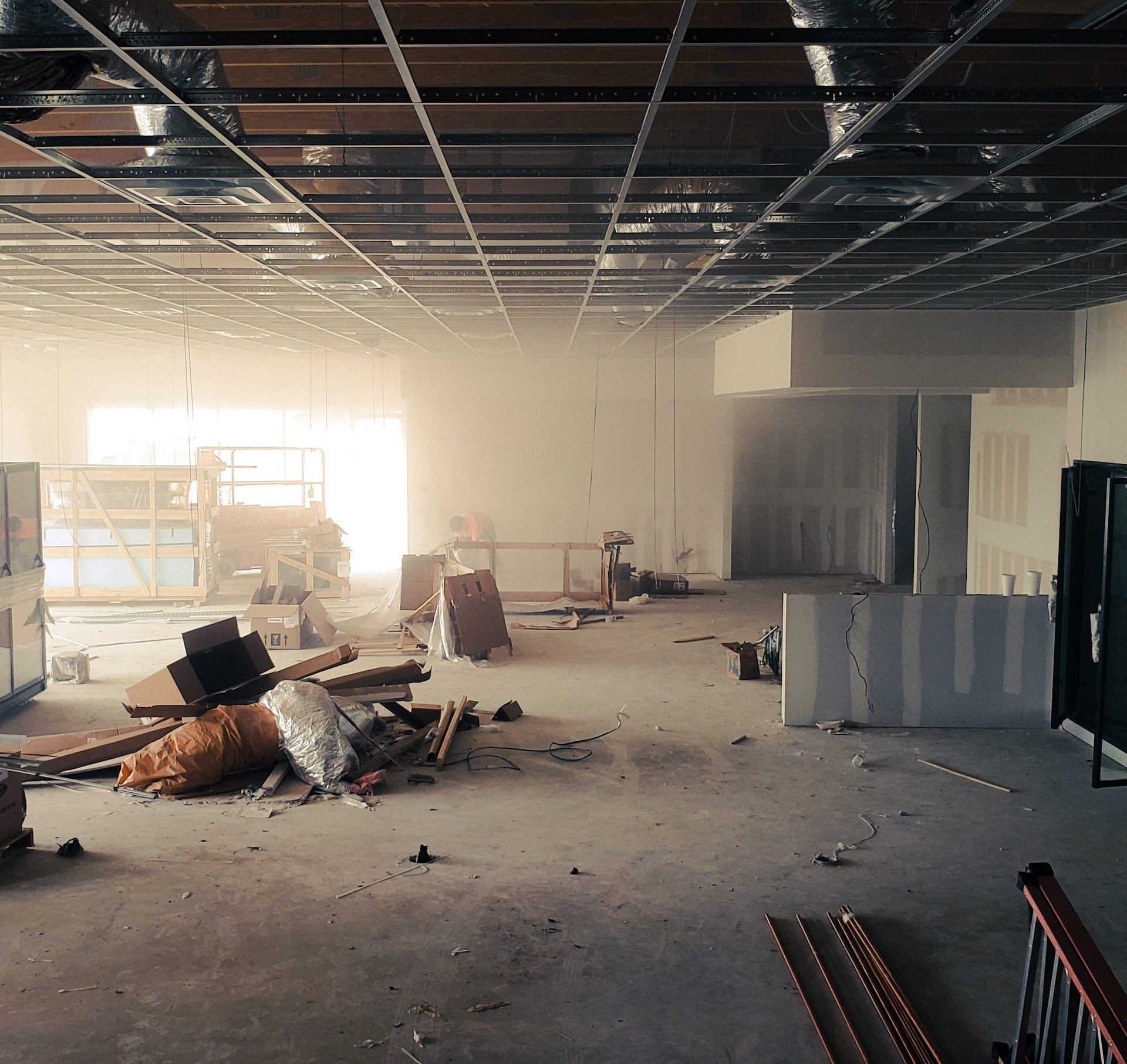Have a story idea
Have a story idea? Send it to us here.

Source : Unsplash Emilio Williams
December 24, 2023
Author : Patty Allen
A new analysis of U.S. Bureau of Labor Statistics Producer Price Index data released on Wednesday by Associated General Contractors of America shows that construction input prices decreased 0.3% in November, mostly due to reduced gas and diesel prices.
According to ABC Chief Economist Anirban Basu, the decline signifies two months of price alleviation, a welcome trend for contractors. The research shows that although nonresidential construction input prices have decreased by 0.4% from the previous year, overall construction costs are still 0.8% less than a year ago.
"Construction input prices declined for the second straight month in November," Chief Economist Anirban Basu explained. "While much of the recent decline is due to record domestic oil production and the resulting precipitous decline in gas and diesel prices, other commodities like iron and steel and lumber products are currently more affordable than they were at the same time last year."
"Falling, or at the very least stable, input prices should help to control construction cost increases in the coming quarters," he further added. "This is a welcome development for an industry still dealing with extraordinarily elevated financing costs and rising labor costs due to ongoing worker shortages."
Construction has faced additional difficulties this year despite the good news that price hikes from the epidemic are reducing.
The construction industry has been facing several challenges from across all quarters. According to Ken Simonson, chief economist at the Associated General Contractors of America, this includes:
"Contractors working on developer-financed projects - multifamily, warehouse, office, perhaps retail and lodging - are reporting multiple challenges that developers are experiencing," reported Simonson in a press release. "That is leading to some project deferrals, though not necessarily outright cancellations."
Although the drop in gas and diesel prices due to record domestic oil production is mostly responsible for the recent relief, Basu points out that other building supplies, like iron, steel, and lumber goods, are still cheaper than they were a year ago.
However, Simonson made the point that certain declines are better than others. For example, the decline in lumber prices is wonderful news for homeowners and remodelers but has little impact on nonresidential buildings and high-rise multifamily projects. Despite the two months of declines in a row, he continued, material volatility isn't fully dead.
For instance, the study states that in October, the price of natural gas increased by 24.1%, while the costs of switchgear, switchboards, and industrial control equipment all increased by 1%.
Two of the three energy subcategories saw price decreases last month. The price of raw materials for crude petroleum dropped by 9.5%, while the price of raw energy resources dropped by 3.2%. The research stated that while lumber prices decreased by 0.7%, iron and steel prices decreased by 0.1% from the previous month.
Category : Contractor Trades Investment in Infrastructure Market Watch Material Costs
